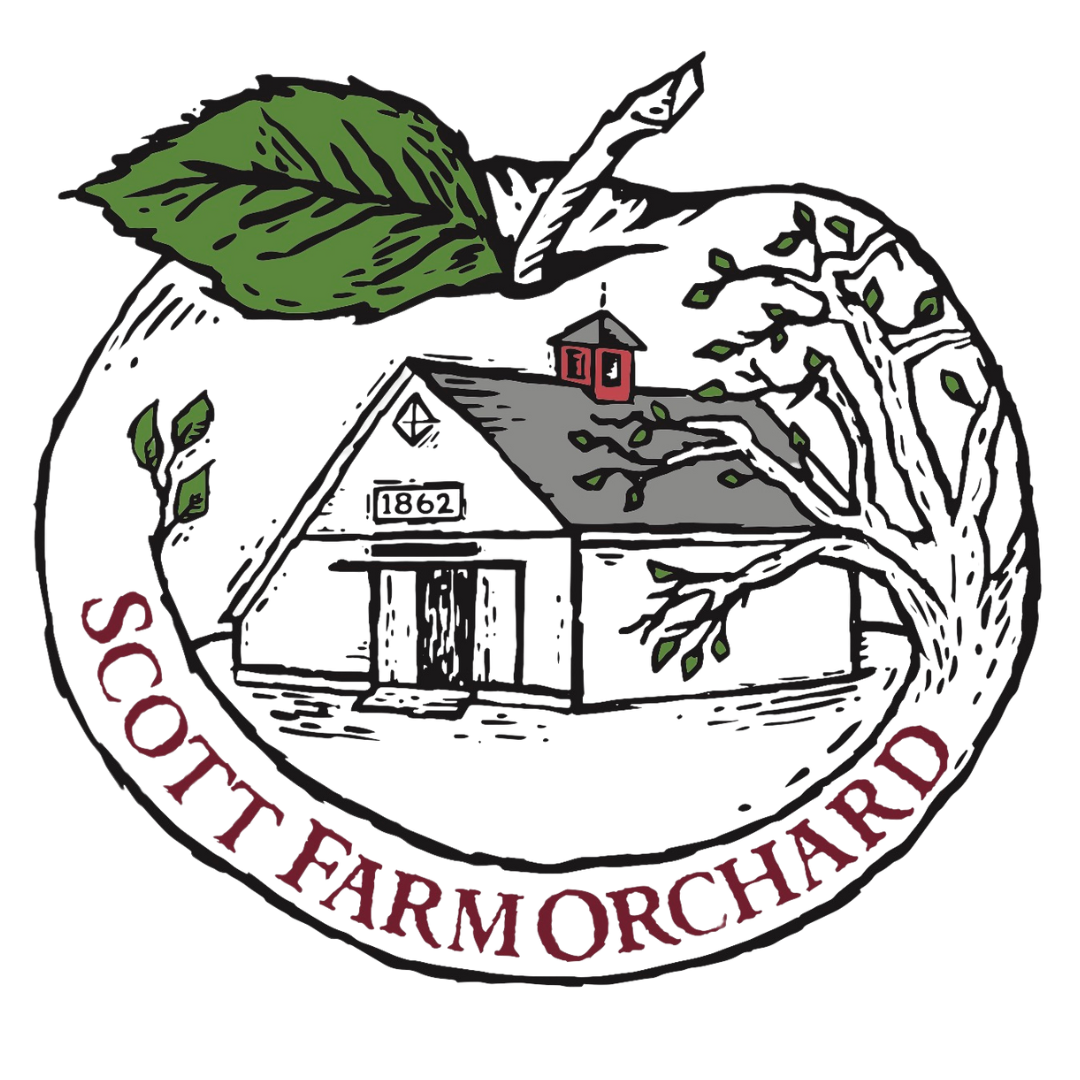
Stone Fruit
Growing Peaches can be difficult in the northeast! Here is a pdf from UMass Extension for a quick run-through on growing peaches in southern New England. We highly recommend reading it to get you started on your peach growing journey. For something far more in depth, try this Cornell guide on growing fruit at home. This guide also includes information for cherries, plums, pears, and apricots.
Plums in general are divided into four broad categories: European, Asian, Italian, & American hybrids. American hybrids have been developed to address specific climatic and pest needs within the United States. For growing in Vermont, many folks recommend growing plums in clusters or on east facing slopes in order to protect their early blooms against our late spring frosts. Prune every winter and watch for pests such as plum curculio and black knot disease.
Cherries want loamy, well-drained soil. If you have a heavier clay soil, plant in a raised bed. Avoiding heavy soil will help save the tree from numerous fungal afflictions throughout its life. Expect about 3-5 years to bear.
If you are interested in more information on an organic or biodynamic approach to growing these trees, we recommend Michael Phillips’ book, The Holistic Orchard: Growing trees and berries the biological way.
Stone Fruit Tree notes:
Pollination. Most plum, sweet cherry, and pear trees (not the case for most peaches) are cross-pollinating or self-unfruitful. They need another tree for pollination, and not just one of the same variety, but a different variety of the same fruit. We have tried to note specific pollinating recommendations under each description.
Site selection should be sandy, well drained soil. AVOID LOW SPOTS. Cool air sinks to lower areas and will not only destroy blooms, but cause severe frost damage in the winter. Frost damage can take a matter of moments. We really emphasize good site selection for peach trees and stone fruit.
Bare Root. Trees are bare root; root stock is noted in each description
Planting Instructions. Upon your arrival to pick up your trees, we will give you a sheet of fruit tree care information. Here is the PDF. We are also happy to answer any questions as the time allows.
To make sure your fruit trees get off to a good start we recommend:
10-10-10 fertilizer. We have pre-packaged small containers in the quantity you will need for your tree.
We have tree guards in our selection below. Rodents love to chew on the base of young trees. We highly recommend you protect the base of the trees with some type of fencing.
